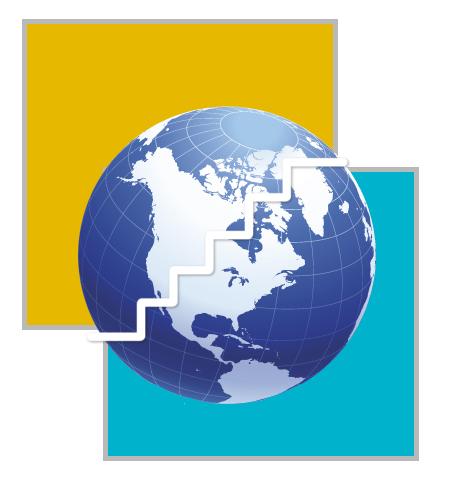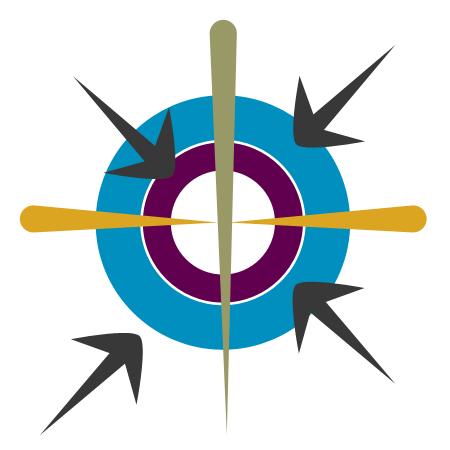MEDIA
Until 1989, Pakistan's stand on Kashmir issue was welcomed by the world institutes, International forums, and world's powerful capitals, and was viewed sympathetically. Further, UNO had also upheld Pakistan's point of view by its various resolutions. However, subsequently, the arms and weapons replaced debate and reason. Vested interests hijacked the freedom struggle, the political and profiteering ambitions of a powerful few and groups got linked to the on-going armed struggle in Kashmir. However, around this time 9/11 not only turned the geopolitical rationale of the world, but a few countries had to revise their stance on regional conflicts. India, acting astutely in the diplomatic arena, succeeded in representing the Kashmir struggle as terrorism.
On the other hand, Pakistan was reduced to a position, where even if a fire- cracker would burst anywhere in the world, Islamabad would be held responsible. As a result, today we are not only forced to give explanations regarding our non-involvement with terrorism, but have more or less given up on our national demand for opinion counting in Kashmir. However, the people who were deriving their livelihood from the Kashmir struggle see their end.
Under current circumstances, there is only this request to such people to pause and let their cannons cool down and take this time to deliberate seriously and with empathy, on the question whether Pakistan can sustain Kashmir conflict at the risk of confrontation against the international community? A nation that is turned into an oxygen tent due to a debt-ridden economy, and whose fiscal policies are shaped by International financial institutions. People, right from those in the womb to seniors on their death bed have a per capita debt of Rs.30,000/- to IMF and World Bank, in a nation where from a politician to a party worker, from a secretary to a peon, from an IG to sepoy, from a priest to a follower, the only person who can lay a claim to honesty is the one who had never had an opportunity for graft and corruption.
If the above premises are untrue then we have to intensify the armed struggle to get control over Kashmir, which unfortunately is not the case. Then what should be done? In the context of the changed world we can clearly conclude that the days of conquering a nation by force are over. Today, wars are fought in the battlefields of business and commerce. China successfully employed this formula and was served Hong Kong on a platter. But contrary to rational expectation, an impoverished Afghanistan turned a graveyard for superpower USSR. And travails of America in Iraq are unfolding for all to see.
International for Peace Initiative, Strategic Foresight Group, has recently published a very valuable book titled, " Pak-India, Cost of Conflict", which has not only encompassed the loss suffered over the past half century with confirmed facts and figures, but has also presented critical analyses of the possible economic, social, and life loss that could be suffered by both the countries in case of prolonged conflict. We are citing here a short extract from the book, with a hope that it might benefit a few.
"In the last four wars (including Kargil) between Pakistan and India, 22,600 persons were killed and 50,000 were injured and disabled. India has to spend Rs.14.6 billion p.a. on Siachen, which is 0.07% of its total national product. In case of continued conflict between the two countries, Pakistan and India would have to spend 2.25% and 0.07% respectively on their defense sector from their national product, apart from economic, trade and loss of life. Whereas in peace, Pakistan could save 2.5% in its total national product and India could save 1%.
During 1989-96, the estimated loss of infrastructure in Kashmir was Rs.4 billion, whereas the loss in the income from tourism department was Rs.165 billion. It may be noted that the entire area of Jammu and Kashmir is 0.25% of total area of Pakistan and India, and the population ratio is similar. The book further says that in case the conflict between the two countries continue, due to the miserable economic, social conditions, and provincial conflicts, by 2010 Pakistan would confront severe internal crises and instability. By a large number of unemployed youths joining jihadi organisations, the terrorist manpower would reach 2 lakh, which is 50% of Pak-army.
Due to Pakistan's administrative and social structure disintegrating, 15 lakh refugees would turn towards India's western cities, which in turn would create problems for India. In the meanwhile, Pakistan, finding itself in danger would use atomic weapons against New Delhi, and India in a counter attack would destroy major cities of Pakistan. Although such a situation is very unlikely, still this analysis calls for serious deliberation, as in the last decade at least on two occasions, Pakistan and India faced the danger of nuclear war."
It is said that history repeats itself, but those people and nations who are the cause for repeating history are responsible. It is a wise man's saying that history is a ray that throws light backwards so that the future generation may shape their path in its light.
Majority of people in Pakistan and India take pride in the deeds of their ancestors. It is fine, it should be done, but it is our responsibility to learn from past mistakes. Have we ever thought of repaying this national debt? Certainly not! Let us begin today.





